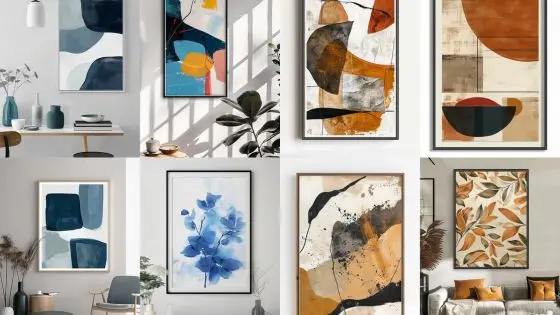As you explore the rapidly evolving landscape of digital art in 2025, you’ll notice numerous styles and techniques gaining traction. The interplay between technology and creativity is reshaping how artists express their visions, leading to innovations that captivate audiences. From immersive experiences to collaborative platforms, these developments are defining the artistic landscape.
The digital art community is also becoming more interconnected, providing artists with diverse opportunities to engage and collaborate. You will find that trends such as augmented reality artwork and AI-generated designs are not only pushing creative boundaries but also inviting wider participation in the art-making process. Keeping abreast of these trends is essential if you want to stay relevant in this dynamic field.
In this blog post, you will discover the prominent styles and techniques shaping the digital art scene this year. Understanding these trends can help you elevate your practice and connect more deeply with your audience.
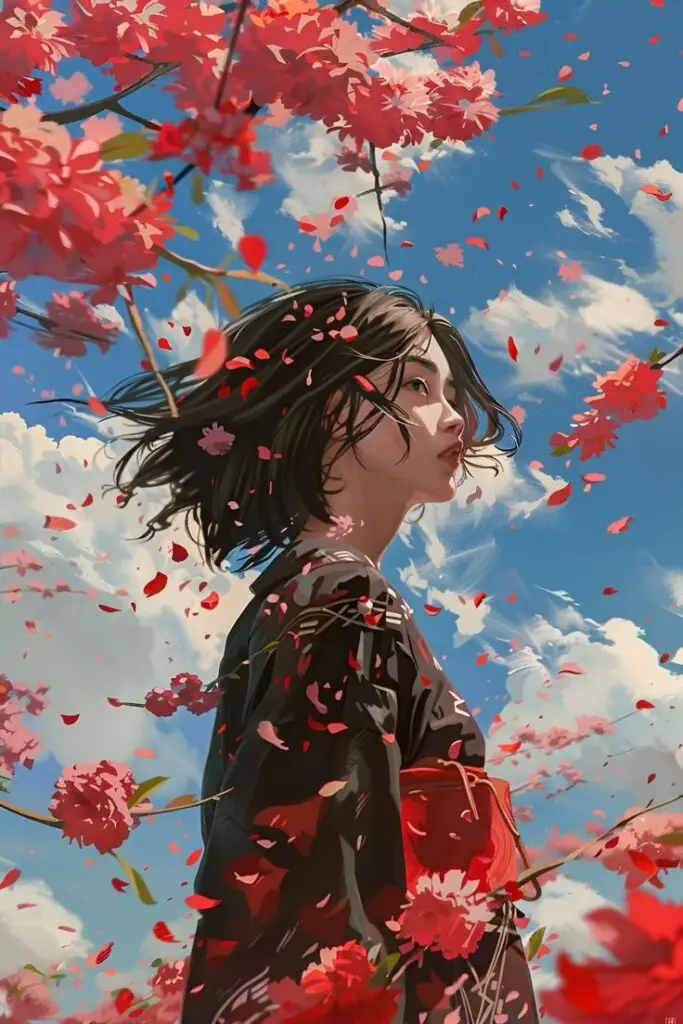
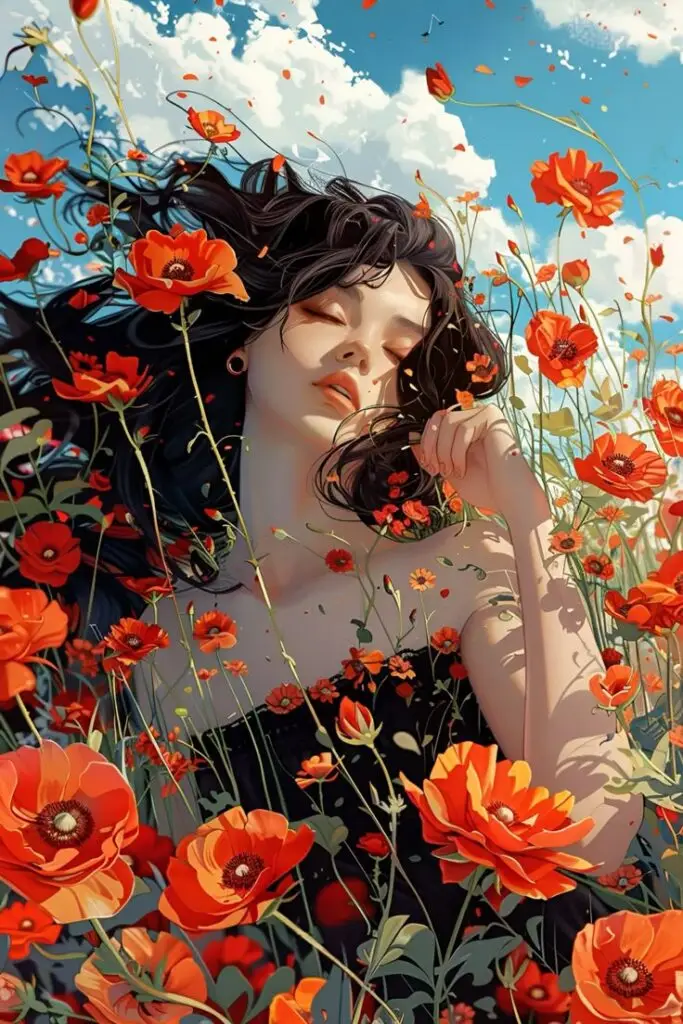
Key Takeaways
- Emerging technologies are transforming artistic practices in digital art.
- Innovative styles like AR and AI are gaining popularity and engagement.
- Community interaction is enhancing collaborative art-making experiences.
Technological Advancements in Digital Art Creation
Recent developments in technology significantly impact how artists create digital art. Utilizing AI, immersive environments, and advanced modeling tools, you can explore new horizons in creativity.
AI-Generated Art and Machine Learning
AI-generated art is revolutionizing creative processes. Through machine learning algorithms, platforms like Procreate now allow users to generate unique artworks by analyzing vast datasets of existing art. This technology enables you to create styles that blend various influences, allowing for personalization in your work.
Using tools like DALL-E or Artbreeder, you can input specific parameters to generate artworks that push boundaries. These AI tools are also improving collaboration; artists can combine their visions with machine-generated pieces, enhancing creativity and experimentation.
Virtual and Augmented Reality in Art
Virtual reality (VR) and augmented reality (AR) offer immersive experiences that redefine interaction with art. Applications like Tilt Brush allow artists to paint in a three-dimensional space, transforming traditional canvases into dynamic environments.
With AR, you can overlay digital art onto the physical world, creating interactive installations. These technologies also enable viewers to engage with art in innovative ways, enhancing accessibility and understanding. As VR headsets become more mainstream, you can expect increased integration of these features into both creation and consumption.
3D Printing and Modeling Tools
3D printing technology has opened new avenues for digital artists. Tools like Blender provide you with capabilities to sculpt and model objects digitally, which can then be brought to life through printing. This juxtaposition of digital and physical forms allows for unique sculptures and installations.
You can produce prototypes and fine art pieces, experimenting with materials and dimensions that were previously hard to achieve. The precision of 3D printing technology enables highly detailed and customized artworks, expanding creative possibilities for artists seeking to bridge digital and tangible mediums.
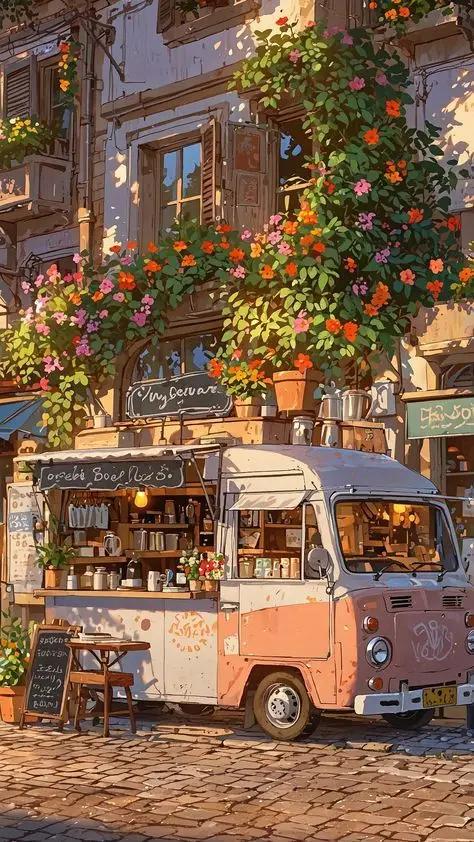

Digital Art Forms and Aesthetics Trending in 2025
In 2025, several distinct digital art forms and aesthetics are shaping the creative landscape. You will find strong influences of nostalgia, organic designs, and surrealism in contemporary works, each contributing unique elements to the digital art milieu.
Nostalgia and Retrofuturism
Nostalgia drives a significant trend in digital art today. You may notice artists incorporating retro elements from the 80s and 90s, such as pixel art and vaporwave aesthetics.
These styles evoke a sense of comfort and familiarity, often enhanced by vibrant colors and bold typography.
Artists also blend nostalgic visuals with futuristic themes, creating a compelling contrast. This fusion explores cultural memories while projecting them into imaginative futures, tapping into collective sentimentality.
Nature-Inspired Designs and Organic Shapes
Nature-inspired designs have gained popularity as a response to growing environmental awareness. Artists are increasingly drawing from organic shapes and natural forms.
These designs often incorporate fluid lines, earthy color palettes, and textures mimicking natural elements.
You might see depictions of landscapes, flora, and fauna reinterpreted through a digital lens, emphasizing harmony with nature. This aesthetic conveys both beauty and a message, promoting sustainability and ecological mindfulness.
Surrealism and Emotional Connections
Surrealism remains a vital trend, encouraging explorations of the subconscious and emotional landscapes. You may encounter art that combines unexpected elements, challenging reality and inviting introspection.
Bold colors, dreamlike scenarios, and unusual juxtapositions create a powerful visual impact.
Artists aim to forge emotional connections with viewers, prompting them to reflect on their experiences. This approach often resonates deeply, making the art more engaging and thought-provoking.

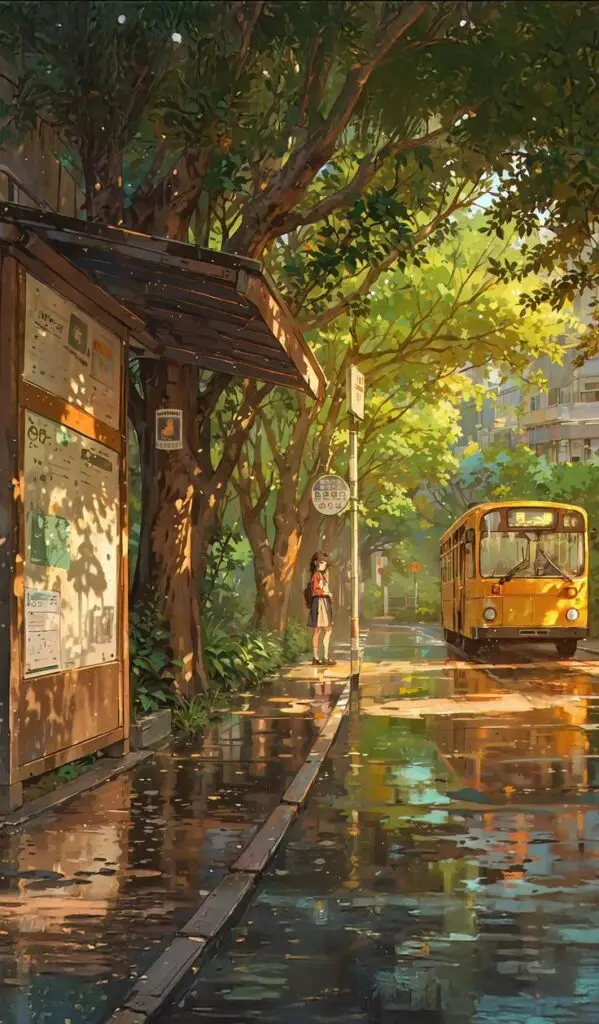
Community and Interaction
In 2025, the dynamics of community and interaction in digital art are shaped by social media, innovative interactive techniques, and accessible virtual galleries. These elements are crucial for artists and audiences to engage meaningfully.
Social Media and Digital Art Dissemination
Social media platforms have transformed how artists share their work and connect with audiences. You can showcase art on platforms like Instagram, Twitter, and TikTok, each offering unique features for visual storytelling.
Engagement metrics, such as likes, shares, and comments, influence visibility. Artists often collaborate with influencers or other creators to expand their reach. Using hashtags strategically helps to target specific communities and increase exposure.
Online challenges and competitions encourage participation. By engaging with followers, you create a sense of community around your work, fostering loyalty and interest.
Interactive Art and Storytelling
Interactive art has gained traction, allowing audiences to participate in the creative process. This trend includes using augmented reality (AR) and virtual reality (VR) to immerse viewers in experiences that blend layers of art and narrative.
Interactive storytelling involves crafting narratives that invite audience choices, making your art more engaging. You can utilize platforms like Twine or Artivive to create experiences that resonate on a personal level.
Communities often form around these interactive projects, enabling collaboration among artists, writers, and tech enthusiasts. This interaction not only enhances creativity but also offers a platform for diverse voices.
Virtual Galleries and Accessibility
Virtual galleries have emerged as essential spaces for showcasing digital art. These online platforms enable you to exhibit work globally, breaking geographical barriers and increasing accessibility.
They often incorporate features like guided tours, artist talks, and interactive elements, enriching the viewing experience. As a result, artists can reach a wider audience without the constraints of physical space.
Accessibility considerations are vital to inclusivity in the art community. Efforts to make virtual galleries navigable for all users enhance the viewer experience and foster a diverse audience. This shift reflects a growing commitment to ensuring that art is accessible to everyone, regardless of ability or location.
- 339shares
- Facebook0
- Pinterest339
- Twitter0


